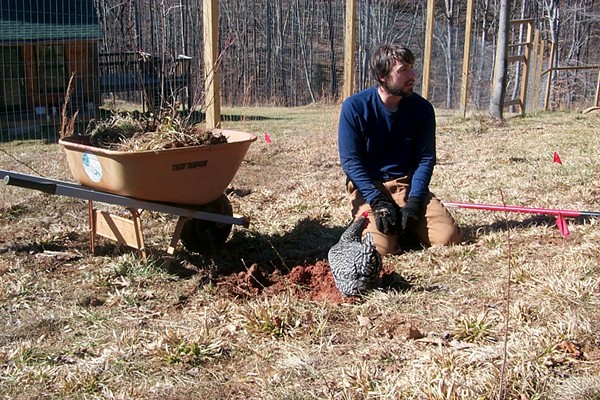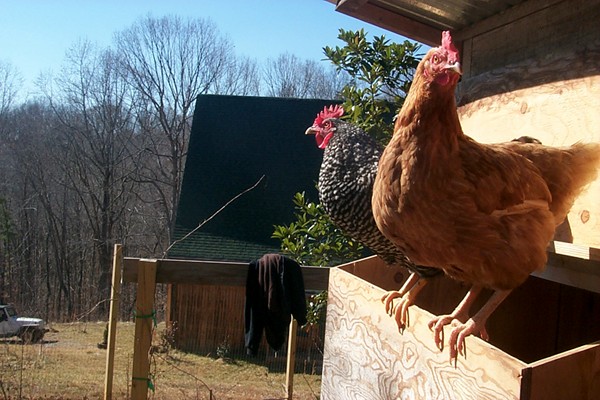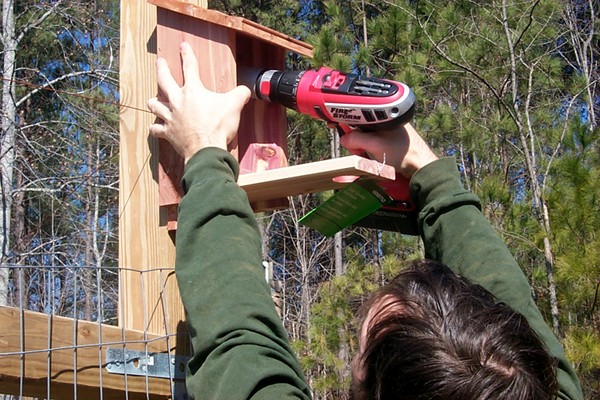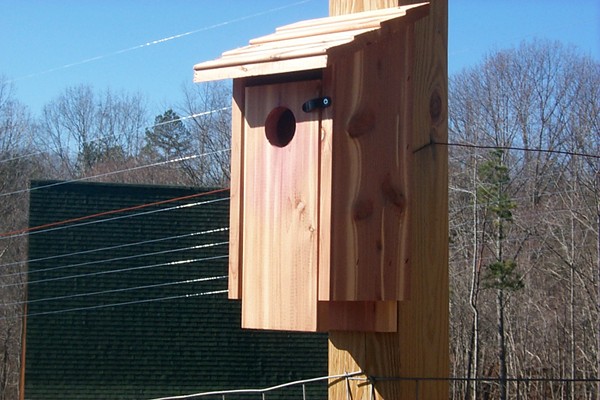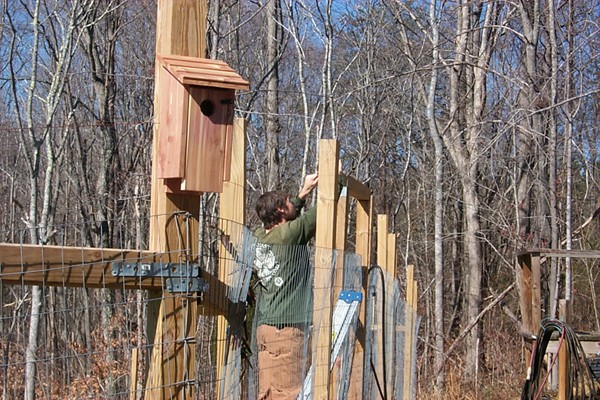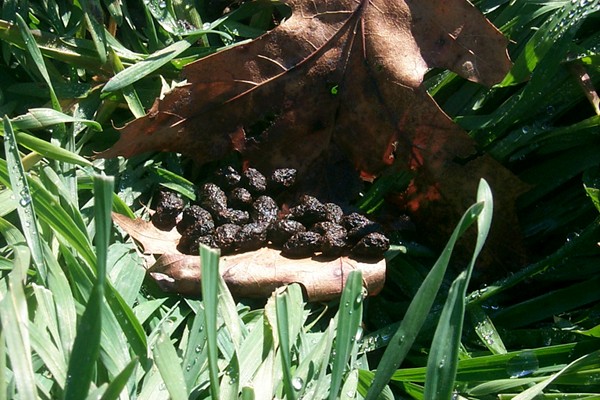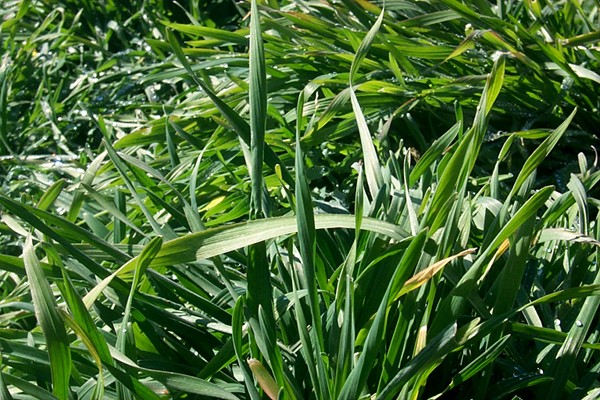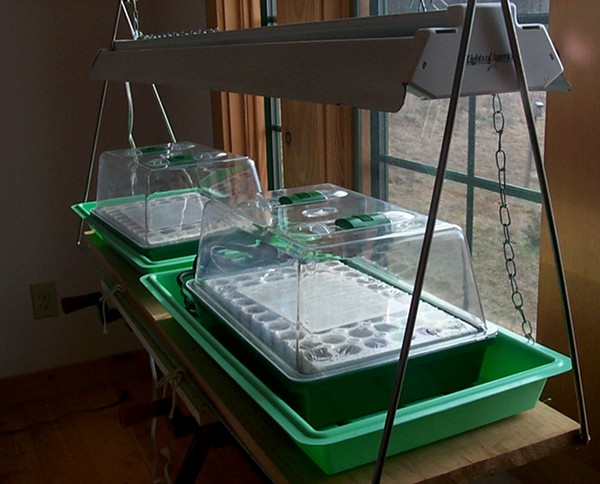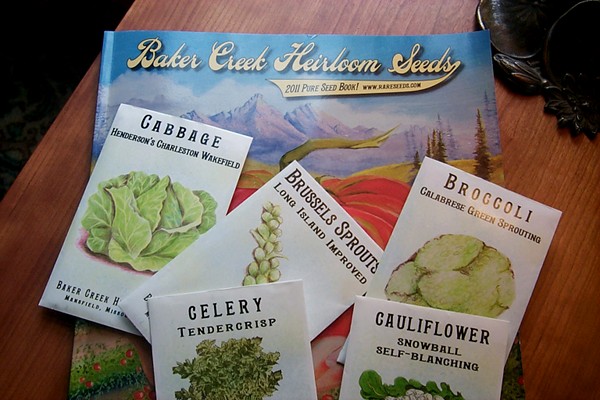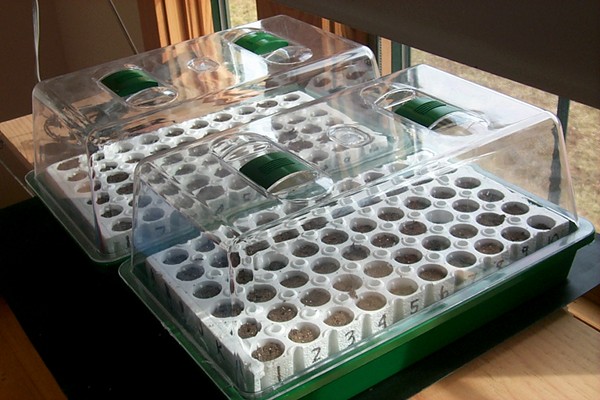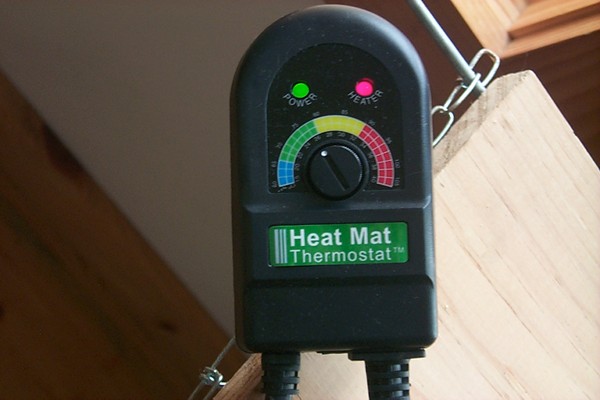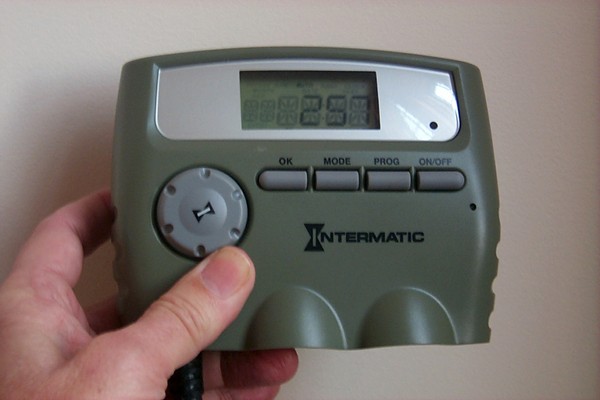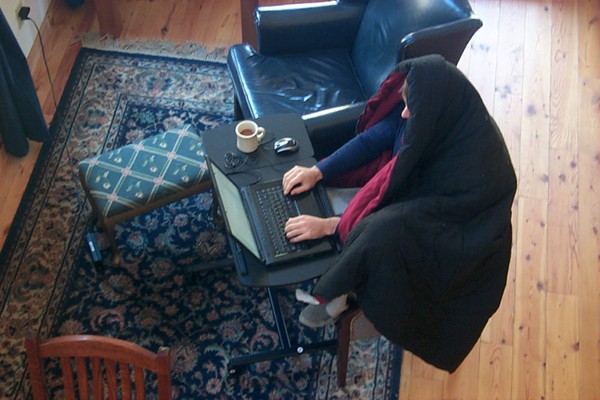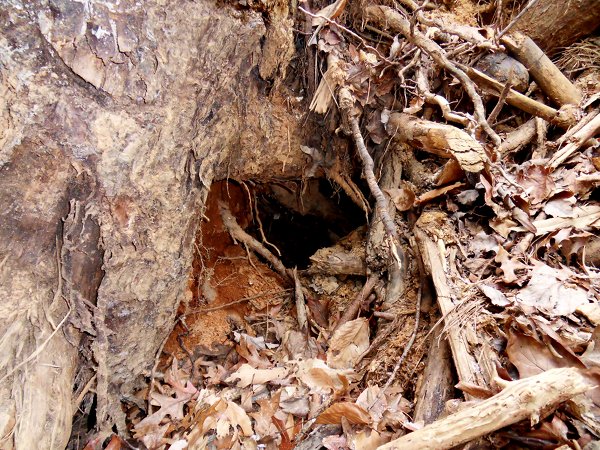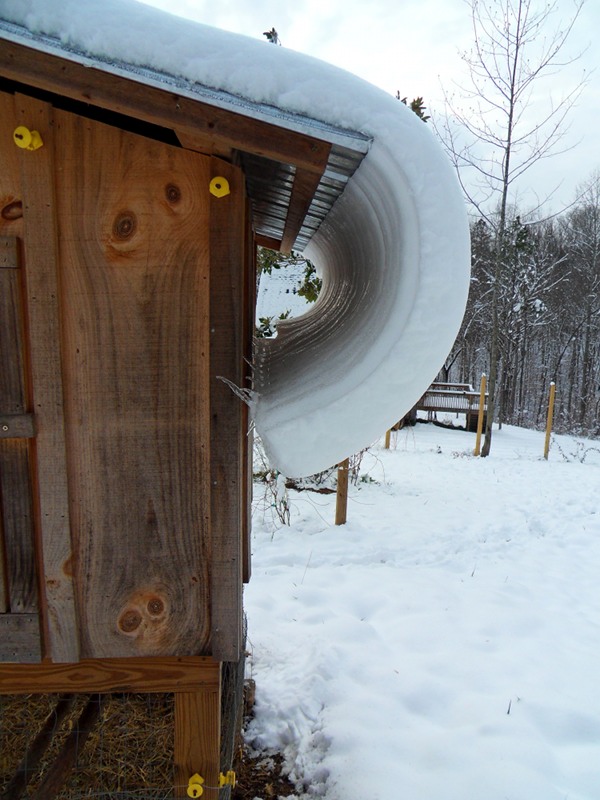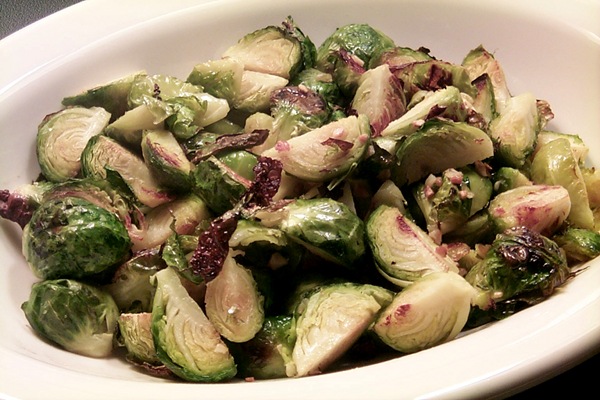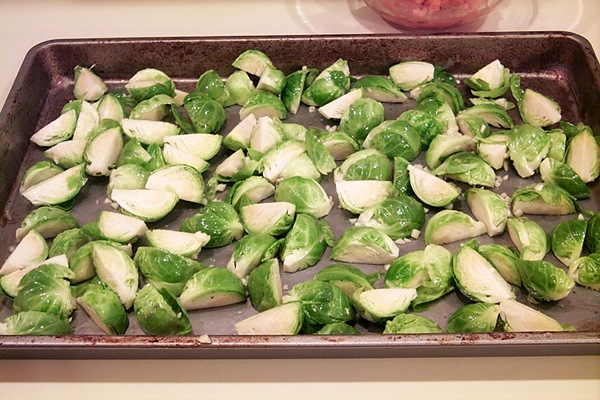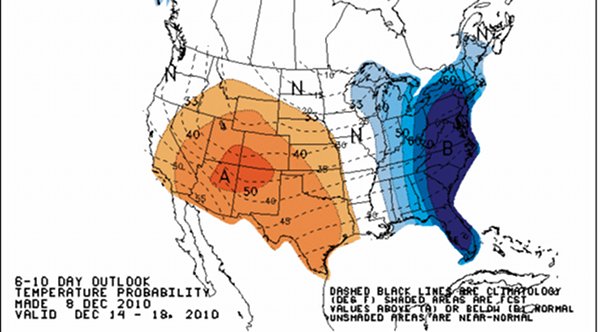There was an area of garden I would have liked to till last fall, but I didn’t, because there were a couple of small trees in the way that needed to be transplanted first. Ken transplanted those trees today and did the tilling. We’re only about a month away, I hope, from planting the early crops. In the photo above, Ken has dug up one of the trees and put it in the wheelbarrow. Patience has approached to admire Ken’s digging.
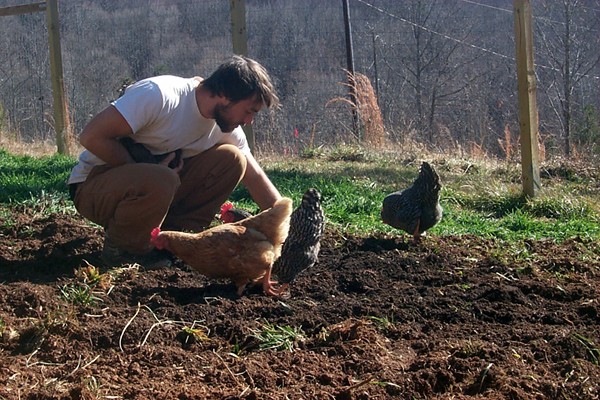
With the tilling done, the chickens now cluster around to explore the fresh-dug dirt.
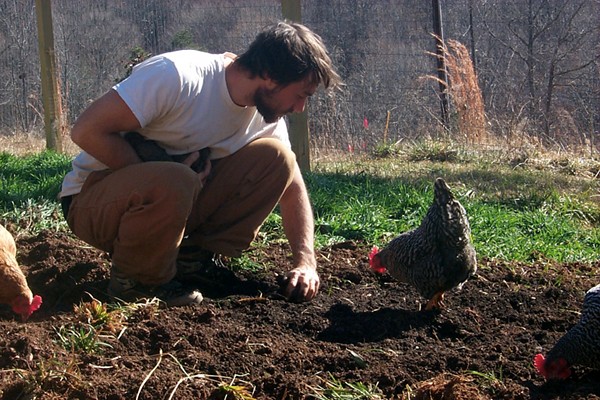
That’s Patience at Ken’s left hand. She has a huge crush on Ken.
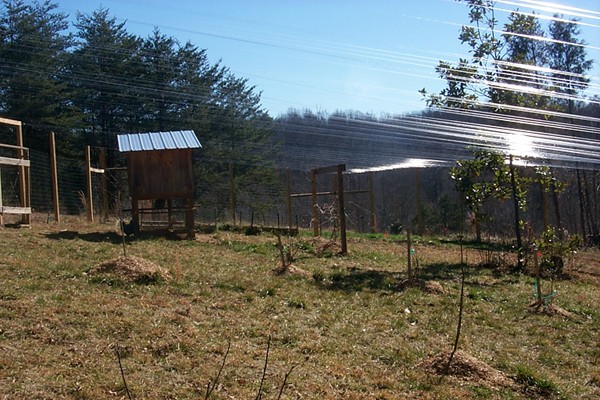
The hawk mesh over the entire garden is almost done. I have to pick up more fishing line, though, before Ken can finish the job. He calculates that he has used about 1.6 miles of fishing line so far. We’re confident that the fishing line will keep the hawks away from the chickens. But it remains to be seen how long the fishing line will last. A long time, I hope, because it was a huge amount of work for Ken putting it up.

